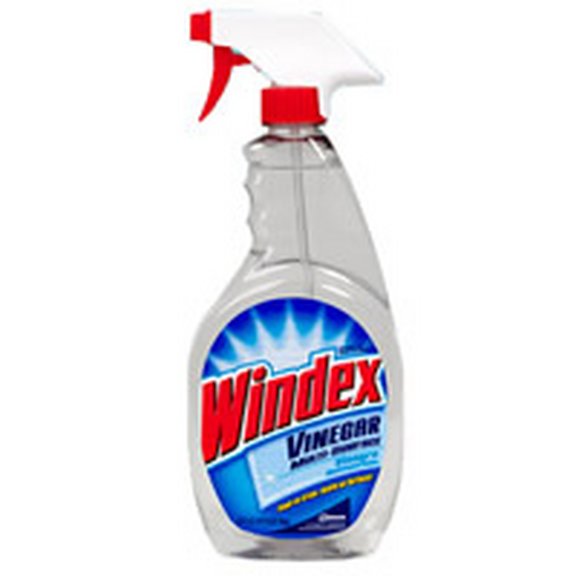I just came across an article saying not to use petroleum based lubes or cleaning solutions to swab BP bores. Apparently, according to the article, petroleum mixes with BP and makes it harder to get clean and can cause more corrosion.
The article advocates using alcohol, hydrogen peroxide and Murpy’s Oil soap to swab the barrel and only natural based ingredients for lubes and greese cookies.
What do others think about this?
Thanks

|
   
   
|


|







 Reply With Quote
Reply With Quote

















